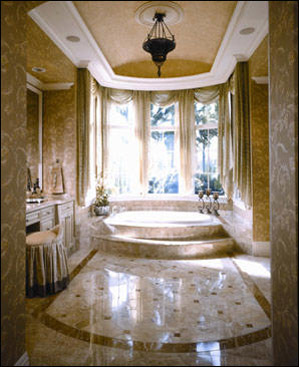 Profile
Profile
Natural Stone Slab Countertop Product Information
Few things in life say more about you than your home. What’s inside those walls, on those walls, and against those walls, speak volumes about who you are, what you love, where you’ve been - your style. It goes without saying that you should use the same thinking when choosing something your stone flooring. Because any floor covering in your home impacts interior beauty, design, décor, comfort, livability and upkeep. It’s a fact, floor coverings can make, or break, a home.
Because the number of natural stone choices, patterns, colors, textures and price points can intimidate even the most experienced shopper.
- typical natural stone floor tile sizes: 12”x12”, 13”x13”, 16”x16”, and 18”x18”
- two types of edges for natural stone floor tile: a polished bull nose edge or a polished straight edge
- two basic types of stone used in the building industry
- Natural stone such as marble, granite, or limestone
- Agglomerates (manufactured stones)
Natural stone can be grouped into three classes
- Igneous rock- formed when molten rock (called lava or magma) cools and hardens
- Granite is an example of an igneous rock
- Sedimentary rock- formed from biological deposits that have undergone consolidation and crystallization
- Limestone and sandstone fall into this category
- Metamorphic rock- created when other kinds of rocks are changed by great heat and pressure inside the earth
- marble, slate and quartzite are examples
Names and definitions of some of the more popular natural stones:
Click on a swatch below for more information
Granite

- igneous stone
- extremely hard
- dense
- resistant to scratches and acid etching
- ideal for flooring and in food preparation areas
- hundreds of varieties
- made up mostly of quartz and feldspar
- resists staining and scratching better than any other stone
- variety of colors such as rich browns, vibrant golds, warm creams and cooler blues, greens, grays and decadent black
Sandstone
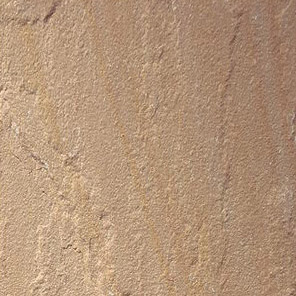
- sedimentary stone
- primarily composed of rough loose grains of quartz sand
- number of varieties are available
Limestone
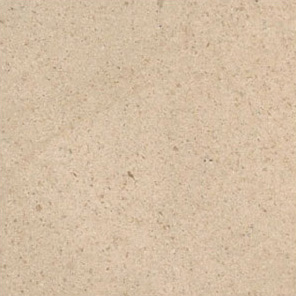
- another sedimentary stone
- formed from calcite and sediment
- comes in many earthen colors
- actually a young marble
- created by the accumulation of organic materials such as shells and coral
- comes in a diverse range of neutral colors from ivory to soft grays to golden browns
Marble
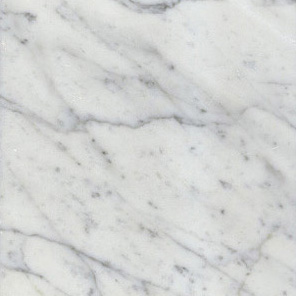
- derivative of limestone
- metamorphic stone
- can be polished
- soft and easily scratched or etched by acids
- countless types from around the world
- crystallized limestone not as hard as granite
- comes in different color variations
- displays veining with swirls and patches of color
- colors range from white to earth tones to dark
Travertine
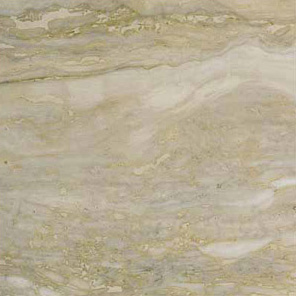
- crystallized, partially metamorphosed limestone
- because of its structure, can be filled and honed
- dense enough to be a type of marble
- member of the limestone family
- soft and porous
- formed with many small cavities and holes
- holes can be filled in with cement or resin
- holes can be left unfilled for a textured surface
- surface is polished for different looks from honed to highly polished
- filled-in areas remain dull
- can also be tumbled for a rustic, old world look
- very popular backsplash
- colors are earthy and warm
Slate

- metamorphic stone that has a sheet-like structure
- composed of clay, quartz and shale
- comes in a multitude of colors including reds and greens
- used for interiors abd exteriors
- has natural “clefting” along the surface for a textural, layered look
- made up of clay and shale, which is very dense
- water resistant
- ideal for patios and pool surrounds
- colors range from rich reds, oranges and golds to mauve, lavender, green, blue, black, rust and brown
Agglomerate Stone

- manufactured stone made from natural stone chips suspended in a binder such as cement, epoxy resins or polyester
- most well known is poured-in-place terrazzo
- some of the most popular are quartz products
- products offer the look of natural stone
- stain and scratch resistant
- offer consistency and strength
- virtually maintenance free
Finishes
Polished
- creates a glossy shine from the natural reflection of the stone’s crystals
- mirror-like shine is accomplished by using finer polishing heads
- polish may last a long time or may be unstable depending on the type of stone
- granite, marble and limestone are frequently polished, and require maintenance to preserve the shine
Honed
- provides a flat, matte or satin finish
- creates a more informal and softer look
- finish is created by stopping short of the last stage of polishing
- shows fewer scratches
- requires less maintenance
- marble, limestone, travertine and slate-best for a honed finish
Acid-washed
- shiny with small etching marks (pits in the surface)
- shows fewer scratches
- much more rustic in appearance
- most stones can be acid-washed
- most common are marble and limestone
- also a way to soften the shine on granite
Saw-cut refined
- matte finish
- stone is processed to remove the heaviest saw marks but not enough to achieve a honed finish
- can purchase granite, marble and limestone this way
Flamed
- finish achieved by heating the surface of the stone to extreme temperatures, followed by rapid cooling
- surface of the stone pops and chips leaving a rough, unrefined texture
- process is usually done with granite
- flamed granite has a highly textured surface
- ideal for areas where slip resistance might be a concern (shower areas)
Split-faced
- rough texture
- not as abrasive as flamed
- finish achieved by hand cutting and chiseling at the quarry
- this exposes the natural cleft of the stone
- finish is primarily done on slate
Tumbled
- smooth or slightly pitted surface, and broken, rounded edges and corners
- several methods used to achieve the tumbled look
- 3/8” thick tiles can be tumbled in a machine to achieve the desired look
- or 3cm tiles can be tumbled and then split, creating two tiles that are tumbled on one side
- marble and limestone are primary candidates
Brushed
- features a worn-down look
- achieved by brushing the surface of the stone
- simulating natural wear over time


